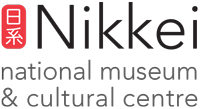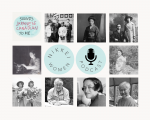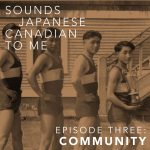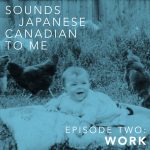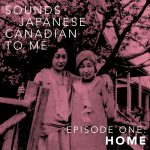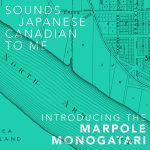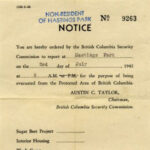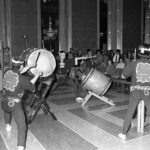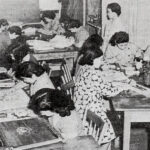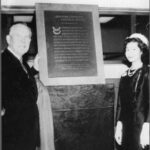Tune in weekly for stories of amazing Nikkei women on Sounds Japanese Canadian To Me.
> read moreArchives
Marpole Monogatari – Community
Community stories of Japanese Canadians who lived in the Marpole neighbourhood of Vancouver tended to intermingle more with non-Japanese.
> read moreMarpole Monogatari – Work
Work experiences of Japanese Canadians living in pre-War Marpole told by former residents, their descendants and associates.
> read moreMarpole Monogatari – Home
Conversations with former Marpole residents shed light on pre-War Marpole as a home to Japanese Canadians – from celebratory stories of birth and marriage to tragedies of illness, accidents, and abuse.
> read moreIntroducing the Marpole Monogatari
We present stories of Marpole (Vancouver, British Columbia) where Japanese Canadians lived, worked, and built a community before they were forcibly uprooted and relocated in 1942.
> read moreEpisode 28 – Mixed Heritage
It’s not alien, it’s utopian! In this episode, Raymond and Carolyn discuss the history, the social politics, and the experience of having mixed heritage. From the reasons for so many Japanese Canadians being of mixed heritage, to describing yourself as “half”, “mixed”, or of course “hapa”, even to the level of your own name, having mixed heritage is a complicated experience. This double-sized episode of Sounds Japanese Canadian to Me is just one part of a huge and continuously evolving conversation.
> read moreEpisode 27 – Hastings Park 1942
It’s not all fun and games at The Fair. In this episode, Raymond is joined by guest Erica Isomura to talk about Hastings Park in East Vancouver, better known as the PNE Fairgrounds, and its role for Japanese Canadians from up the coast and Vancouver Island in internment.
> read moreEpisode 26 – Taiko
In this episode, Raymond and Carolyn explore the fascinating history of Japanese taiko drumming, from its ancient roots in folk culture to the emergence of taiko ensembles in both Japan and North America after the Second World War. Taiko ensembles first began in North America in the 1970s, and were closely tied to Asian American and Asian Canadian political activism.
> read moreEpisode 25 – Dressmaking (Our Mothers Patterns)
Sewing was an important occupation for Japanese Canadian women before and during the Second World War, not only to clothe themselves and their families, but also as one of the few professions which was not barred to them in the racist climate of the time. Many pre-war issei and nisei women were skilled technicians, attending schools to learn how to draft their own patterns. In this episode, Raymond and Carolyn discuss some of what they learned about this history from the Nikkei National Museum’s online exhibit, Our Mother’s Patterns.
> read moreEpisode 24 – Cultural Centres
Just what is it with Japanese Canadian cultural centres, anyway? This episode, Raymond and Carolyn discuss this phenomenon, from the JCCC in Toronto to centres in Montreal, Steveston, and even the Nikkei Centre which they’re recording out of. Different centres across Canada have unique and interesting origins related to varying histories of postwar Japanese Canadian settlement, and today continue to provide space for their local communities in many ways. Many were built with the help of the redress settlement, and are important venues for celebrating multiculturalism and Japanese heritage today.
> read more